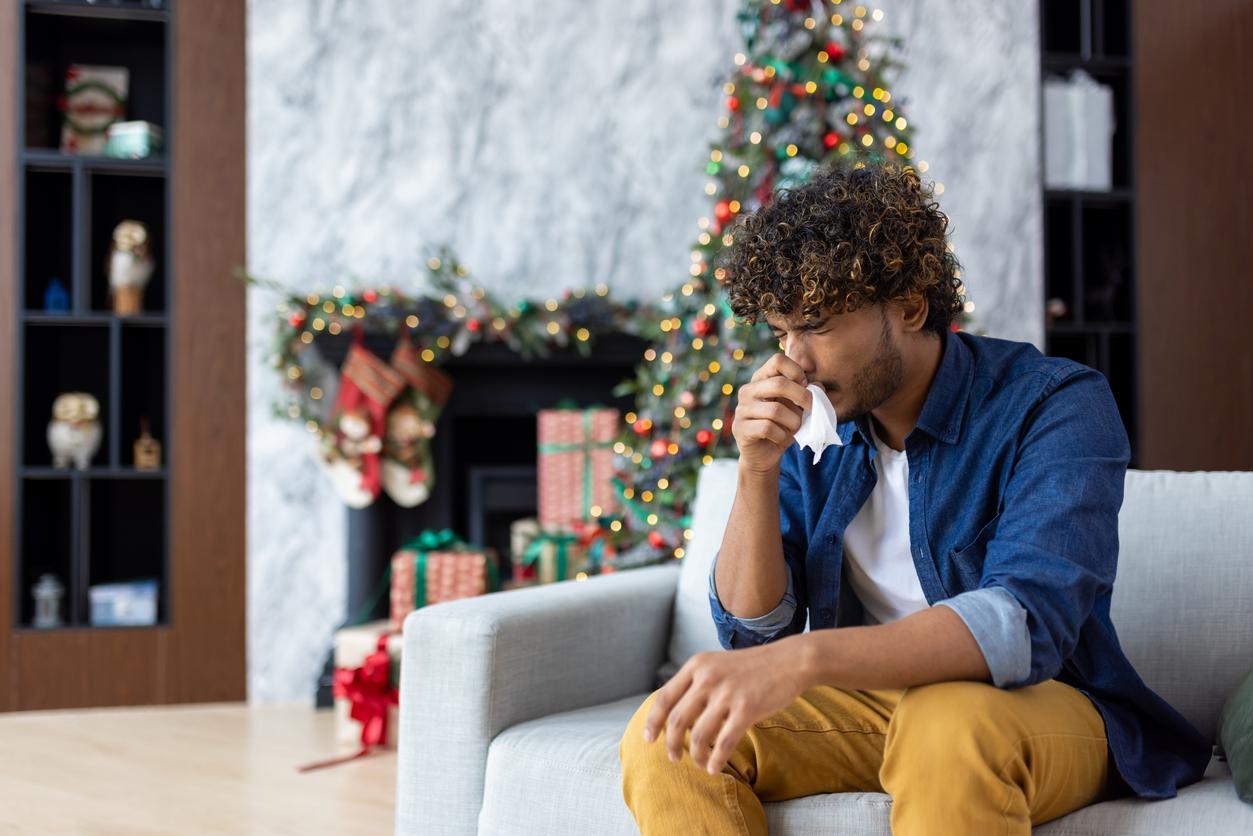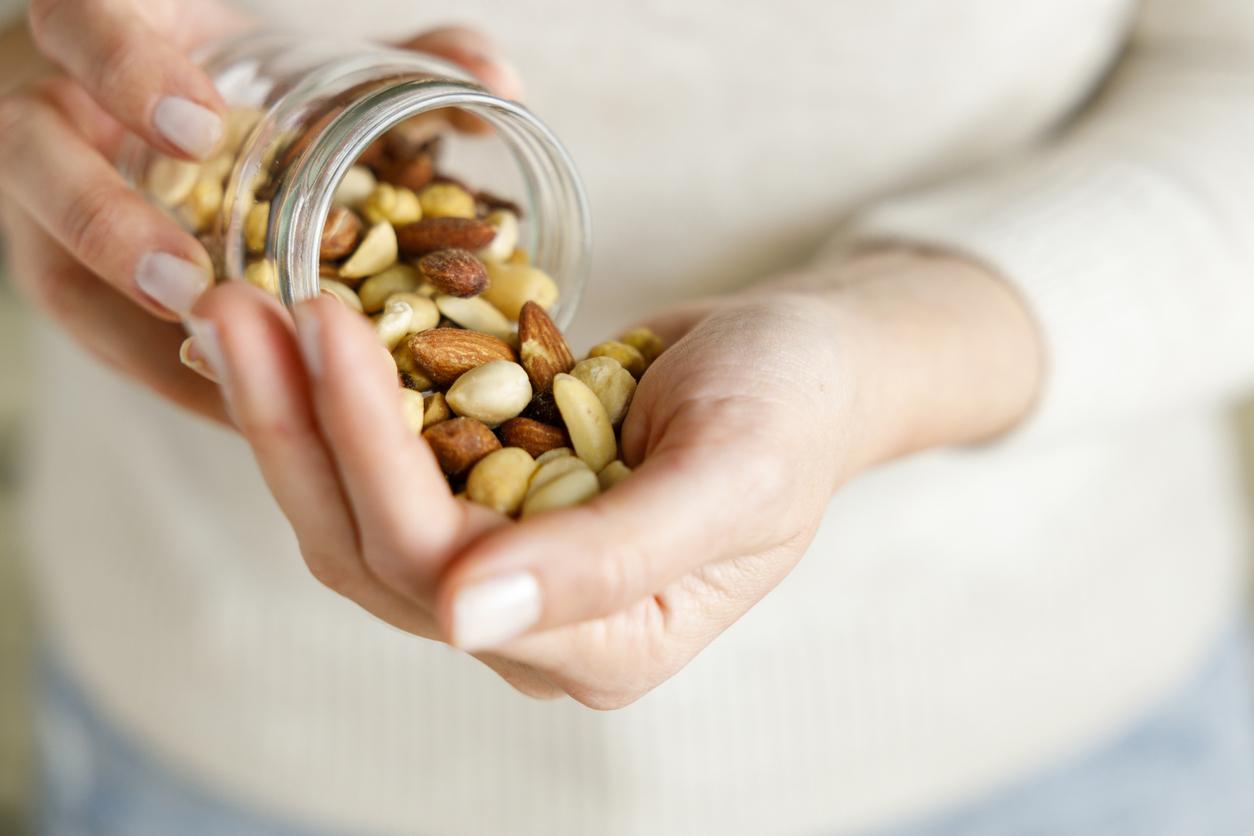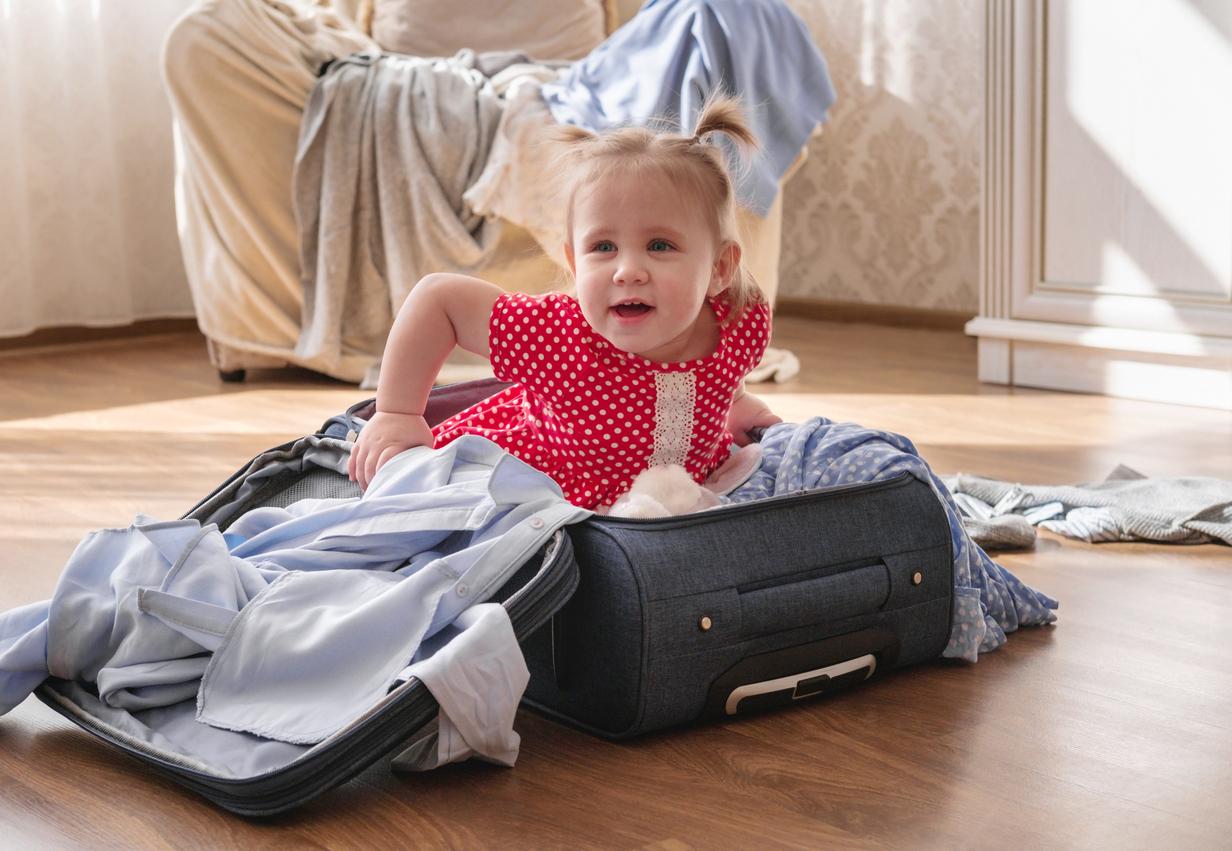Christmas tree syndrome affects people with allergies who see their symptoms exacerbated once the tree is installed in the house.

- “When people bring a natural or artificial tree into their home and notice a worsening of their allergy symptoms, it’s sometimes called ‘Christmas tree syndrome,’” says allergist Dr. DeVon Preston.
- This can be manifested by: sneezing; a sore throat; a cough; nasal congestion; irritated red eyes; a rash; sinus pressure.
- To reduce allergy symptoms, the specialist recommends choosing the type of tree carefully, cleaning the decoration or even taking a shower in the evening before bed.
The Christmas carols are ringing, the little cookies are baking in the oven and you have just finished decorating your tree which lights up the living room! It could be a light and enchanting moment, and yet you start to feel the symptoms of a cold… Spoiler: it may not be a cold. You might actually be suffering from something called “Christmas tree syndrome.”
What are the symptoms of Christmas tree syndrome?
“When people bring a natural or artificial tree into their home and notice a worsening of their allergy symptoms, it is sometimes referred to as “Christmas tree syndrome.””, explains allergist Dr. DeVon Preston, in an article from the Cleveland Clinic. These symptoms, although unpleasant, are not life-threatening. Concretely, this can manifest itself by:
- sneezing;
- a sore throat;
- a cough;
- nasal congestion;
- irritated red eyes;
- a skin rash (hives, itching, etc.);
- sinus pressure.
However, if these symptoms progress and you begin to experience shortness of breath, a swollen tongue or a rapid heart rate, you should call for help immediately as this may be the start of a serious allergic reaction.
Tips to avoid Christmas tree syndrome
According to Dr. Preston, this syndrome can develop equally well with an artificial or natural Christmas tree. Indeed, the problem with these trees is that they tend to bring outside allergens into the house. “Weed pollen, rosin, dust mites, insect droppings, pesticides and mold are just a few of the potential passengers. They are also common triggers of allergic asthma”, he explains.
Therefore, to reduce the risk of allergies, the specialist advises:
Choosing the Right Type of Tree : “If you’re allergic to pine, consider opting for an artificial tree. If you still want an authentic tree, opt for a spruce or cypress.”
Stay vigilant with decoration : “If you have many allergies, it’s probably best to avoid holly branches, cinnamon brooms, and poinsettias.”
Cover up while decorating the tree : “Introducing the irritants found on fir into your skin can cause rashes, hives, and other unpleasant skin symptoms. So, when it’s time to decorate your tree, put on an ugly (or not so ugly) sweater that covers your arms. If you are truly allergic, also consider wearing gloves.”
Clean decorations often dusty after a year spent in boxes, using a mask.
If necessary, use medicine against over-the-counter allergies: “Medications like nasal steroids, nasal antihistamines, or over-the-counter oral antihistamines can help manage your symptoms”, insists Dr. Preston. “If you are already taking prescription medications for allergies or asthma, talk to your doctor, they can make sure you are not over- or under-treating your condition.”
Use an air purifier near the tree to filter mold spores, dust, pollen and other potential irritants from the air.
Change clothes regularly and take a shower in the evening: “The longer you go without showering or changing clothes, the longer environmental allergens stay on your body.”
Once the festivities have passed, it is necessary quickly remove the tree because mold can continue to grow on the tree.
And, for those using an artificial tree, the allergist gives one last piece of advice for next year: “it is important to store it in an airtight container. Otherwise, it will spend the rest of the year accumulating dust, mold and pollen”.
















